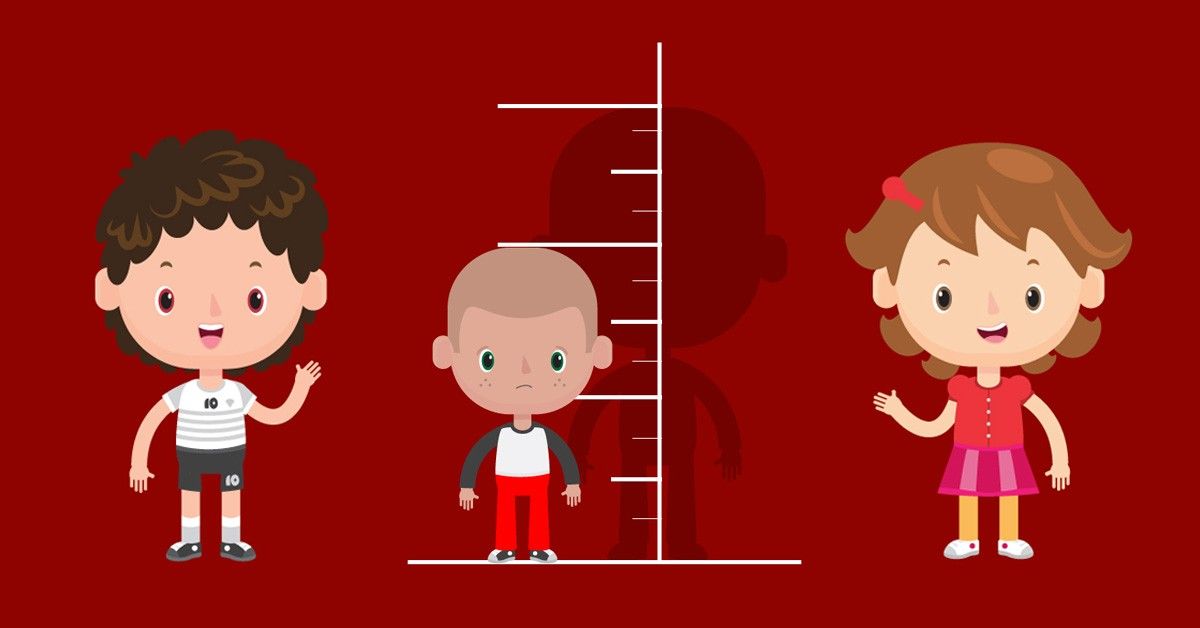Rickets in children
Published date 27/01/2021
According to the Vietnam Endocrinology & Diabetes Association
The disease is common in children under 3 years old, mainly due to lack of sunlight, excessive abstinence and poor diet of calcium – phosphorus; Children who are not breastfed are more prone to rickets than breastfed children. Children with rickets is caused by a deficiency of vitamin D, which affects the absorption and metabolism of calcium and phosphorus.
The disease is common in children under 3 years old, mainly due to lack of sunlight, excessive abstinence and poor diet of calcium – phosphorus; Children who are not breastfed are more prone to rickets than breastfed children.

Signs that a child has rickets
Children often cry, sleep restlessly, or startle, sweat a lot while sleeping.
– Appearance of hair loss on the back of the neck forming a scarf shape.
– Bone manifestations: wide fontanelle, soft fontanelle, long-closed fontanelle, with apical humps, forehead hump (slanted forehead), flattened head of catfish.
– Severe cases of rickets with sequelae: string of ribs, chicken breast, anklets, wrists, X-shaped, O-shaped legs.
– Slow teeth growth, bland muscle tone, constipation.
– Slow motor development: slow to know how to roll, crawl, walk, stand…
– In case of acute rickets: children may have convulsions due to hypocalcemia.
Children at risk for rickets
– Premature babies, twins.
– Children fed cow’s milk.
– The child is too chubby.
Children born in winter.

Distinguishing rickets and stunting disease
Stunted children: children who are malnourished, whose measurements in weight and height are lower than normal children, may or may not be accompanied by rickets.
Rickets: can be seen in very plump children, due to the need for calcium and phosphorus higher than normal children.
What to do when a child has rickets?
– For children to bask in the sun daily: expose their feet, hands, back, and belly for 10-15 minutes in the morning (before 9am). In winter, there is no sunlight for children to take electric baths in the physiotherapy department at hospitals. Under the skin’s available provitamin D is 7 dehydrocholesterol, under the effect of ultraviolet rays of the sun the provitamins will be activated and converted into vitamin D. Vitamin D has the effect of regulating calcium metabolism and absorption, Phosphorus, sunlight must be shined directly on the skin to have any effect, if over time the fabric will have very little effect.
– Give the child vitamin D 4000 UI/day for 4-8 weeks, in case the child has pneumonia, diarrhea need to increase the dose of 5,000 – 10,000 UI/day for 1 month, or give vitamin D 200,000 UI/oral injection to the child. 3 months booster injection once in the first year.
– For children to drink more calcium preparations such as: calcium B1 – B2 – B6: 1-2 tubes/day, older children can eat calcium nuggets 1-2 teaspoons/day.
– Breastfeeding children; eat more calcium-containing foods: milk, crab, shrimp, fish in daily meals (need to remove the notion that children eat tubular bones, chicken leg bones will prevent rickets); add fat to children’s daily meals: because vitamin D is fat-soluble, if the diet is lacking in fat, even if they take vitamin D, they can’t absorb it, so they still have rickets.
Prevention of rickets for children
– When pregnant, mothers must work and rest properly to avoid premature birth. Vitamin D can be taken at 7 months of pregnancy: 600,000 UI/3 weeks, 200,000 UI per week.
– After giving birth, both mother and child should not stay in a dark and closed room, the room is cool and full of light.
– After 2 weeks of birth, let the baby sunbathe for 15-20 minutes/day in the morning (before 9am).
– Give your child vitamin D 400UI/day during the first year, especially in winter.
– When children eat supplements: give them foods that contain a lot of calcium such as milk, eggs, shrimp, crabs, fish, green vegetables and fats.








